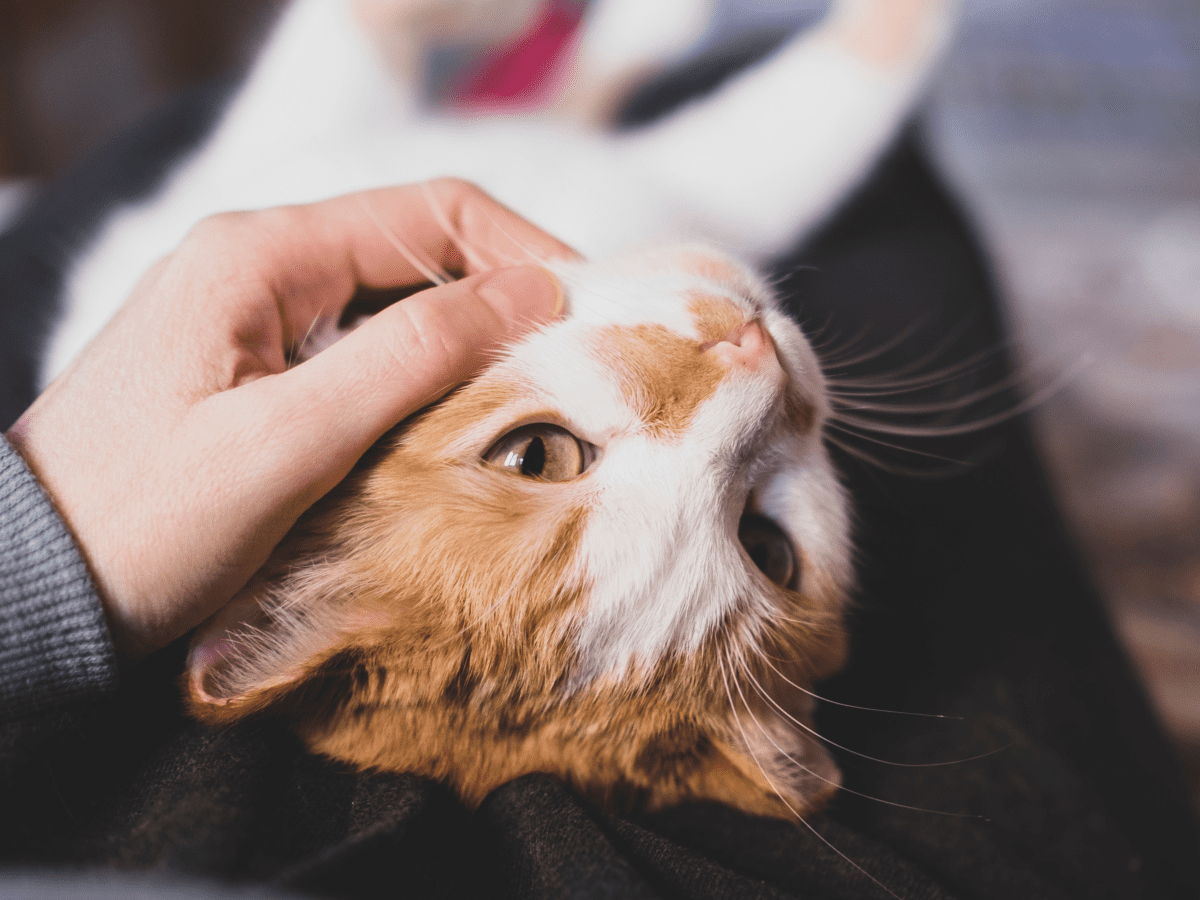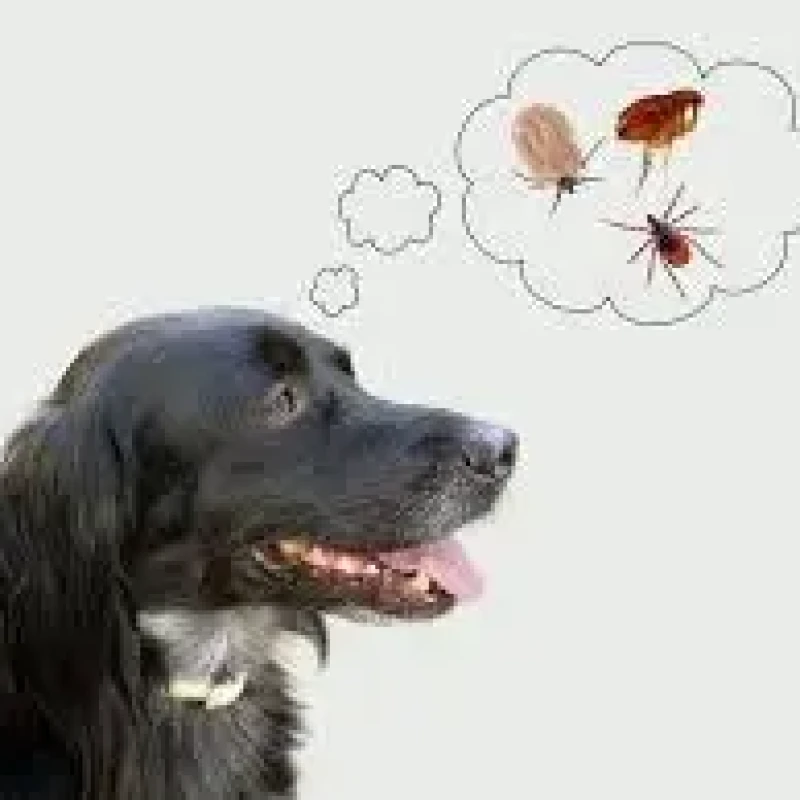When cats have become an essential member of the family, understanding their lifespan becomes extremely important. The average lifespan of a cat is not only determined by its breed but also depends on nutrition, living environment, and many other factors. In this article, Pet Mart will help you learn more about how to calculate a cat's age and tips for caring for your cat to increase its lifespan.

How Long Do Cats Live? What is the Lifespan of Cats?
The lifespan of domestic cats depends not only on genetics but also on how well you take care of them. Show love and care for your beloved cat so they can live a full and happy life. However, have you ever wondered how many years the lifespan of a cat can extend to?
Cat Breeds and Lifespan: Not all cats are the same! The lifespan of British Shorthair, domestic cats, Persian cats, calico cats, etc., all have their unique characteristics.
Factors Affecting Lifespan: The care regimen plays a crucial role. A well-cared-for cat, with a balanced diet and complete vaccinations, can live longer.
| Cat Breed | Average Lifespan |
|---|---|
| British Shorthair | 12-20 years |
| British Longhair | 12-20 years |
| Bengal Cat | 12-15 years |
| Domestic Cat | 10-15 years |
| Persian Cat | 10-15 years |
| Munchkin | 12-15 years |
| Calico Cat | 8-14 years |
| Feral Cat | 2-5 years |
Stages of a Cat's Lifespan:
Kitten Stage (0-1 year): This is the stage where they grow rapidly. Within three weeks after birth, kittens rely solely on their mother’s milk. By three months, they average 1-1.5 kg, around 2 kg at four months, and 3-3.5 kg by eight months. Once they reach one year and stabilize at around 3.5-5.5 kg, kittens can be considered fully developed. Notably, from the second to the ninth week after birth, they go through a "socialization period." Helping kittens experience various situations during this time helps them become friendly and easier to care for. However, around four to five months of age, they enter the sexual maturity phase, so it’s important to consider spaying or neutering before they show their first signs of heat.
Adult Stage (1-7 years): During this stage, their average weight ranges from 3-5 kg. This is also when cats become the most active. To ensure good health, transitioning from kitten food to adult cat food and managing their diet is crucial. Additionally, providing sufficient opportunities for exercise is equally important.
Senior Stage (7 years and older): Signs of aging start to appear. At this stage, diet and healthcare become more critical than ever.
- Above 8 years: More obvious signs of aging. Cats may become less active and gain weight. Their teeth may begin to discolor and require special care.
- Above 12 years: Cats' health begins to decline significantly. Teeth may fall out, and health care becomes increasingly necessary.
- 15-18 years: This is the final stage of a cat's lifespan. Their health gradually weakens, and regular check-ups are essential.
How to Calculate Cat Age Compared to Humans: In reality, the rule of calculating a cat's age in human years, like the 7-to-1 rule for dogs, is not accurate. Instead, the first year of a cat's life is equivalent to 15 human years. After that, each subsequent year equates to about four human years.
When Do Cats Become Adults? Cats develop rapidly, though there are differences between breeds. By 1-1.5 years, they will become an adult cat. At one month old, a cat is equivalent to a “1-year-old” human, at two months it's like a “3-year-old,” and at three months it’s like a “5-year-old.” One can assume that each month, a cat ages about two human years.
Formula for Calculating Cat Age: In the first year, cats develop quickly, equivalent to 18 human years. By the second year, they are equivalent to 24 years, and from the third year onward, each year adds 4 years. Therefore, to convert a cat's age to human years from the second year onward, the formula is: 24 + (cat's age - 2) x 4. However, a cat's lifespan also depends on its breed and living conditions, so this formula is merely a reference.
Age Conversion Table for Cats to Humans: Here is a conversion table based on the formula above. However, remember that each cat is a unique individual, and lifespans can vary based on breed and living environment.
| Cat Age (Years) | Human Age Equivalent |
|---|---|
| 1 | 15 |
| 2 | 24 |
| 3 | 28 |
| 4 | 32 |
| 5 | 36 |
| 6 | 40 |
| 7 | 44 |
| 8 | 48 |
| 9 | 52 |
| 10 | 56 |
| 11 | 60 |
| 12 | 64 |
| 13 | 68 |
| 14 | 72 |
| 15 | 76 |
| 16 | 80 |
| 17 | 84 |
| 18 | 88 |
| 19 | 92 |
| 20 | 96 |
What Factors Influence a Cat's Lifespan? The following factors all contribute to determining a cat's lifespan. However, like humans, each cat is an individual, and specific lifespans may vary based on a range of different factors such as:
- Breed: Some cat breeds have longer lifespans than others. For instance, Ragdoll cats can live up to 25 years.
- Living Environment: An indoor cat typically lives 12-15 years, while a feral cat may only live about 4-6 years.
- Diet: Providing high-quality food is crucial for extending a cat's lifespan.
- General Care: In addition to providing good food, daily care is equally important.
- Spaying/Neutering: Many studies suggest that spaying/neutering can help cats live longer by minimizing health risks and conflicts.
- Teeth: A cat's teeth can provide valuable information about their age.
- Eyes: The clarity and brightness of their eyes are also indicators of a cat's age.
- Coat: A smooth, shiny coat is a sign of a young cat, while a dry coat showing signs of aging indicates otherwise.
How to Care for Your Cat to Extend Its Lifespan: Each stage of a cat’s life requires special attention and care. From the moment they open their eyes to adulthood and old age, properly caring for your cat helps increase their lifespan and health. Love and care for your cat as a family member.
Important Stages for Kittens:
- 0-2 days after birth: Kittens rely entirely on their mother's milk.
- 5-12 days: Their eyes begin to open and they recognize light.
- 16-20 days: They start moving and developing basic skills.
- 6 weeks old: Kittens begin eating solid food and learning from their mother.
Caring for Kittens:
- Nutrition: Provide age-appropriate food.
- Healthcare: Regular health check-ups and vaccinations.
- Spaying/Neutering: To prevent uncontrolled breeding and protect health.
Caring for Adult Cats:
- Nutrition: Offer a varied diet that meets the nutritional needs of the cat.
- Activity: Ensure the cat has enough space and toys to play and exercise.
- Affection: The relationship between the cat and owner is important. Spend time playing and interacting with the cat.
Spaying/Neutering Cats: An effective solution to increase a cat’s lifespan. This not only helps prevent health risks but also ensures the cat does not reproduce uncontrollably.













